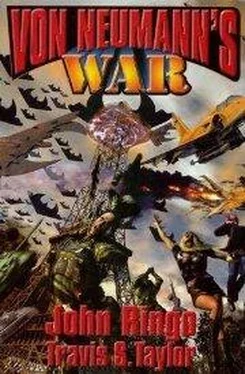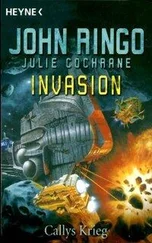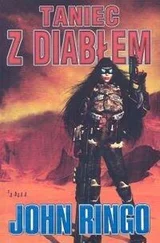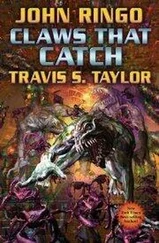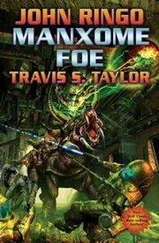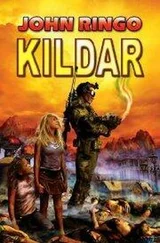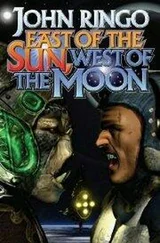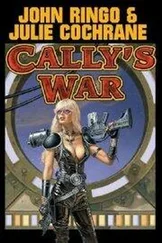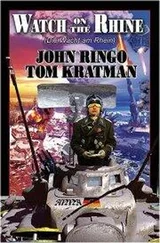“Wait a minute. A jet engine? Where is the fuel?” Gries asked.
“Oh that. Roger or Tom could really explain it to you in detail, but it turns out that once the intake flow reaches speeds of Mach one or above the flow is continuously accelerated out the back without added energy,” Alan explained.
“That sounds like perpetual motion,” Cady said.
“Oh no, not at all. It really is just a phenomenon of supersonic flow dynamics. Scientists and engineers have known about this for at least three quarters of a century or longer. The velocity of a supersonic flow increases in a diverging nozzle.”
“Well, where do they get the initial energy from then?” Cady asked.
“You said it yourself, Sarge. The muzzle velocity is twenty-eight hundred feet per second. The powder in the round does that for us. Twenty-eight hundred feet per second is about Mach two point nine at sea level. So we see that the shell actually sped up before it got to the target.” Alan sounded giddy.
“Ain’t that some shit, sir?” Sergeant Cady added.
“How much range do these things have, Alan?” the major asked.
“Well, we don’t know. They’ve only been test fired here. We need to take them out to the desert somewhere and really test them. My guess is that sooner or later they’ll reach a speed or spin that the round can’t handle and they’ll just fly apart. But how far and how fast, I dunno.”
“Alan, this doesn’t feel like any kind of metal,” Cady said as he rubbed the tip of a round on the belt between his thumb and forefinger.
“That’s because it’s not metal. The nozzle design is too intricately detailed. There are side vents and stuff that I didn’t get into. And trust me, we don’t need to get into the CFD on this thing. But…”
“CFD?” Cady asked.
“Computational fluid dynamics. It’s a horrendous amount of math,” Alan said.
“Oh.”
“Yeah, oh. Anyway, the damned rounds are so complex that we have to build them one at a time in a laser rapid prototyping machine.”
“What the hell is a laser rapid prototyping machine?” Gries felt behind the curve. Alan was indeed knocking his socks off. He wished he’d spent more of his time working with stuff like this, rather than some of the silly shit he’d been chasing. Although Geckoman was still really cool.
“Well, you see you design your widget up in this special CAD software. I use SolidWorks. Then you upload the file into this machine. The machine sprays a layer of this ceramic dust onto a hard steel surface and a laser beam is focused onto the powder. Wherever the part is supposed to be solid, the powder is solidified. The first solid layer is about ten microns thick. Then another layer of dust is sprayed on and the laser solidifies the next layer to the already solid layer. This is done until the complete part is finished. It takes about ten seconds per round.”
“I’ve never heard of anything like that,” Gries said.
“Actually, sir, I have,” Cady interrupted.
“Yeah?”
“Back about ten years ago I saw this thing on the Speed channel where these fellows were building a race-car engine the exact same way. They started out with a blueprint in a computer and some ceramic dust and ended up with an engine block a few minutes later. They put in pistons and hooked up a distributor and all to it and cranked the thing right up. I remember thinking then that if this technology ever got big it would put a lot of folks out of jobs,” the sergeant explained.
“You got that right, Master Sergeant,” Alan said, chuckling. “The rapid prototyping technology has been around about fifteen years or so, maybe longer, but is just now getting developed to a useful level of application. I imagine that show you saw was a state-of-the-art system back then.”
“Hey y’all, let’s go inside the hangar here. I’ve got more to show you.” Alan locked up the van and led them to the hangar just down the footpath from the range.
* * *
“Now here’s one that I think might be useful during the ground occupation phase of an ET attack.” Alan Davis showed Major Gries the small missile launcher system attached to the back of a Humvee. “The system implements the miniature nuclear bomb called the W54 warhead, which was designed to fire from the Davy Crockett launcher. It was deployed by the United States during the Cold War and was to be used on advancing Soviet troops if the need were to arise. This missile isn’t actually a nuke here, but we should make as many real ones as we can, I think.”
“Nukes,” Shane said tonelessly. “Nuclear weapons.”
“Hydrogen bombs,” Cady added. “Teller tea.”
“What?” Gries and Alan both asked, confused.
“Sorry,” the master sergeant replied, grinning. “Beverly Hillbillies moment.”
“Right,” Alan said, still obviously confused. “More like hydrogen bomblets. The W-54 weighed about twenty-five kilograms, could be launched from the man-portable or jeep-portable, Davy Crockett launcher. The mini-nuke warhead would cause an explosion about two hundred times smaller than the Hiroshima bomb or about 5x10 11joules. Still, it’s a hefty bang from such a small weapon. And we think that we can update the launcher, rocket motor, and even the warhead to make it single-man portable to a total mass of about thirty-three kilograms.”
“Alan, how much is thirty-three kilograms in pounds?” Shane asked sarcastically.
“Let’s see… uh… about seventy-five pounds.”
“And, a single troop is going to carry that, his armor, comm gear, ammo, and so on?” Shane smiled. “Ground pounders are tough, but that might be asking a little much.”
“Oh, I see. Uh, perhaps there would be a dedicated person to carry it and maybe a few others to carry extra warheads?” Alan raised his eyebrows and shrugged.
“Well, the weapon looks good. Your CONOPS needs work. I’ll get Top to brief you better on what all the troops have to carry and how they do it.”
“Uh, yeah, that would be good,” Alan said. “Now, I have some more ideas about this. And, actually Alice’s comment about the redneck demonstration of, hey y’all watch this, is what gave me the idea.”
Shane laughed.
“All right, now this sounds promising.”
“Well, you see, I really think that these smaller nuclear bombs might prove useful as the active warhead on the antistarfighter, antihovertank, and antibattleoid, anti-alien-whatever missiles that we should equip our fighter aircraft and ground vehicles with. It’s possible that such compact but high yield explosives may affect the smaller ET crafts’ armor. These antistarfighter missiles most closely resemble the AIM-26A Falcon class of air-to-air missiles, some of which were tipped with the W-54 warhead. Now we’ll update and modernize the sensor and missile designs so that they will be more effective.”
“Are we going somewhere with this?” Shane asked. “Last I heard, we didn’t have starfighters.”
“Well, here is the fun part. I was thinking about those Saturn missile batteries that I get at the fireworks stands every Independence Day. You know, the little yellow boxes that have ten, twenty-five, fifty, or a hundred little screaming missiles in them?” Alan explained.
“Not sure, but keep going.” The major was beginning to see the redneck smile shine through on Alan’s professional face.
“Oh, well I’m sure you’ve seen them. They come screaming out of the little box one right after the other, yeeeeeaaaak , yeeeeeeaaak , yeeeaaaak ,” Alan made screeching sounds as he moved his hands up and down demonstrating how the missiles launch out of the firework.
“You mean sort of like Katyushas?” Cady asked, smiling.
Читать дальше
